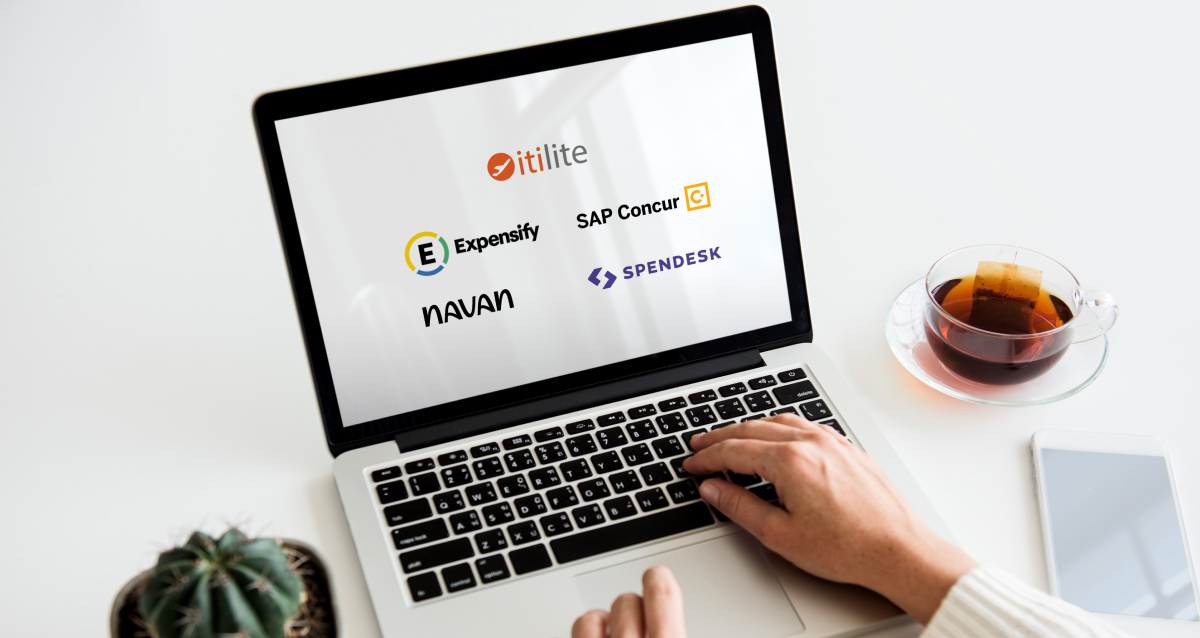
An efficient expense claim strategy is crucial for any company that wants to streamline its finances and ensure employees are reimbursed promptly. When designed thoughtfully, it can save time and money, promote compliance, and boost employee satisfaction. Further, companies use an expense claim form template to standardize employee reimbursement requests.
However, common mistakes in designing expense claim strategies can lead to troubles. Complicated rules and slow processes frustrate employees and delay reimbursements. The company risks fines and a damaged reputation if approvals are inconsistent or policies don’t meet regulations.
Ignoring expense data means spending can spiral out of control, leading to higher costs. These issues create waste, lower employee morale, and reduce efficiency. A clear, simple, and compliant strategy is key to avoiding these issues. An expense claim template saves time for both employees and finance teams.
Here are the top 5 mistakes to avoid to ensure your expense claim strategy works effectively.
Mistakes to Avoid While Creating Expense Claim Strategy
1. Lack of Clear Policies and Guidelines
One of companies’ biggest mistakes is not having well-defined policies and guidelines. When employees don’t understand what expenses are allowed, how much they can spend, or how to file claims, it leads to confusion, disputes, and, often, non-compliance. With an expense claim form template, companies can maintain consistency in expense reporting.
How to Avoid It:
- Set Clear Rules : Create specific guidelines for each type of expense, such as travel, meals, accommodations, and transportation. Define allowable expenses and put a cap on amounts if needed.
- Use Simple Language : Ensure policies are easy to understand so employees don’t need to interpret complex financial terms.
- Offer Examples : Real-life examples can help employees better understand what counts as a reimbursable expense.
- Make It Accessible : Put the policy in a digital space (such as the company’s intranet) where employees can access it anytime.
2. Complicated Claim Submission Process
When the expense submission process is cumbersome and requires multiple steps, employees are less likely to file claims promptly. This delay can result in late reimbursements, which affects employee satisfaction and can lead to reconciliation issues later. A well-designed expense claim form template reduces the chances of incomplete submissions.
How to Avoid It:
- Automate the Process : Use expense management software that simplifies claim submission. Look for platforms with mobile capabilities, allowing employees to submit expenses on the go.
- Provide Clear Instructions : Offer step-by-step guides or tutorials on how to submit claims correctly.
- Minimize Required Documentation : Only ask for necessary receipts and documents. Too much documentation can make the process feel tedious.
- Allow Digital Receipts : Consider accepting digital copies of receipts. This saves employees from keeping physical copies, reducing clutter and making submission faster.
3. Inconsistent Approval Process
When the approval process isn’t standardized, it creates bottlenecks. Some claims get processed quickly, while others are delayed, causing frustration for employees and making it difficult for the finance team to track expenses effectively.
How to Avoid It:
- Define Approval Hierarchies : Set clear approval levels based on the expense amount. For instance, low-value claims can be approved by direct managers, while higher-value ones require senior-level approval.
- Use Workflow Automation : Expense management platforms can automate approval workflows. It sends notifications to approvers and reduces delays.
- Set Approval Timelines : Create a maximum response time for each approval step. Employees should know when they can expect their claims to be approved.
- Regularly Review the Process : Audit the approval process periodically to identify delays or inefficiencies and make adjustments as needed.
4. Ignoring Compliance and Regulatory Requirements
Ignoring local, state, or federal regulations related to employee reimbursements can put your company at risk of non-compliance, leading to fines or other penalties. This is especially crucial for multinational companies with operations in different regions.
How to Avoid It:
- Stay Updated on Regulations : Regularly review tax and reimbursement laws to ensure compliance. For instance, some countries have specific guidelines on meal or travel expenses that must be followed.
- Implement Checks and Balances : Integrate compliance checks within the expense management software, if possible. This helps ensure all submitted claims meet regulatory standards before they’re approved.
- Educate Employees : Make sure employees are aware of compliance requirements. Conduct training sessions or share resources that explain the importance of compliance.
- Document Everything : Keep records of all claims and approvals to ensure there’s a trail in case of audits. Expense management tools with audit trail features make this process easier.
5. Failing to Analyze Expense Data
Without analyzing expense data, companies miss opportunities to control costs, identify areas of overspending, and optimize expense policies. Expense data provides insights that can help businesses save money and make informed decisions. An employee expense reimbursement form helps employees submit expenses accurately and efficiently.
How to Avoid It:
- Use Analytics Tools : Many expense management platforms offer built-in analytics that allows you to track spending trends, flag out-of-policy expenses, and identify patterns in employee spending.
- Set KPIs for Expense Claims : Define key performance indicators (KPIs) related to expenses, like average claim size, average processing time, or compliance rates. Tracking these KPIs over time reveals how effective your expense strategy is.
- Review Categories Regularly : Look at spending in different categories (like travel, meals, or office supplies) and see if there are specific areas where costs can be reduced.
- Solicit Employee Feedback : Employees often have valuable insights on expense policies. Collect feedback regularly to identify areas for improvement.
Additional Tips for an Effective Expense Claim Strategy
To enhance your expense claim strategy even further, consider the following:
1. Encourage Expense Rep orting Habits :
Help employees build habits of submitting expenses quickly. Remind them to file claims shortly after incurring the expense to speed up processing. The expense claim form template guides employees on what information to provide.
2. Offer Incentives for Compliance :
Some companies find that offering small incentives, like bonuses for timely submission or adherence to budget, encourages employees to follow policies closely.
3. Ensure Data Security
Protecting sensitive data is essential, especially when expense claims involve bank details or personal information. Work with expense management vendors who prioritize data security and follow compliance protocols.
4. Regularly Update Policies
Business environments change, and so do expenses. Review and update your expense policies annually to ensure they reflect current conditions and remain relevant to your company’s needs.
How Does Expense Claim Form Template Help?
An employee expense reimbursement form helps simplify and speed up the reimbursement process. It gives employees a clear, organized way to submit expenses, reducing errors and ensuring all necessary information is included.
With a template, employees know exactly what details to fill out, like the date, amount, and purpose of each expense. This standardization helps finance teams review and approve claims faster, leading to quicker reimbursements. Additionally, the expense claim template can be customized to suit different types of business expenses.
Automate Expense Claims for Faster Reimbursements
Automating expense claims speeds up the reimbursement process, reduces paperwork, and improves employee satisfaction. A streamlined, automated system allows employees to submit expenses quickly, managers to approve them faster, and finance teams to track every transaction in real time. This automation not only saves time but also cuts down on errors and helps control costs.
itilite expense management solution offers fast, easy, and secure expense automation. Employees can submit expenses instantly through their mobile or desktop, while managers get notified right away for quick approvals. With itilite, companies gain full visibility of spending, ensuring compliance and helping control budgets effectively. Plus, the platform’s automated workflows reduce manual work, making reimbursements much faster.
Book a free demo with us to know more!













 and then
and then